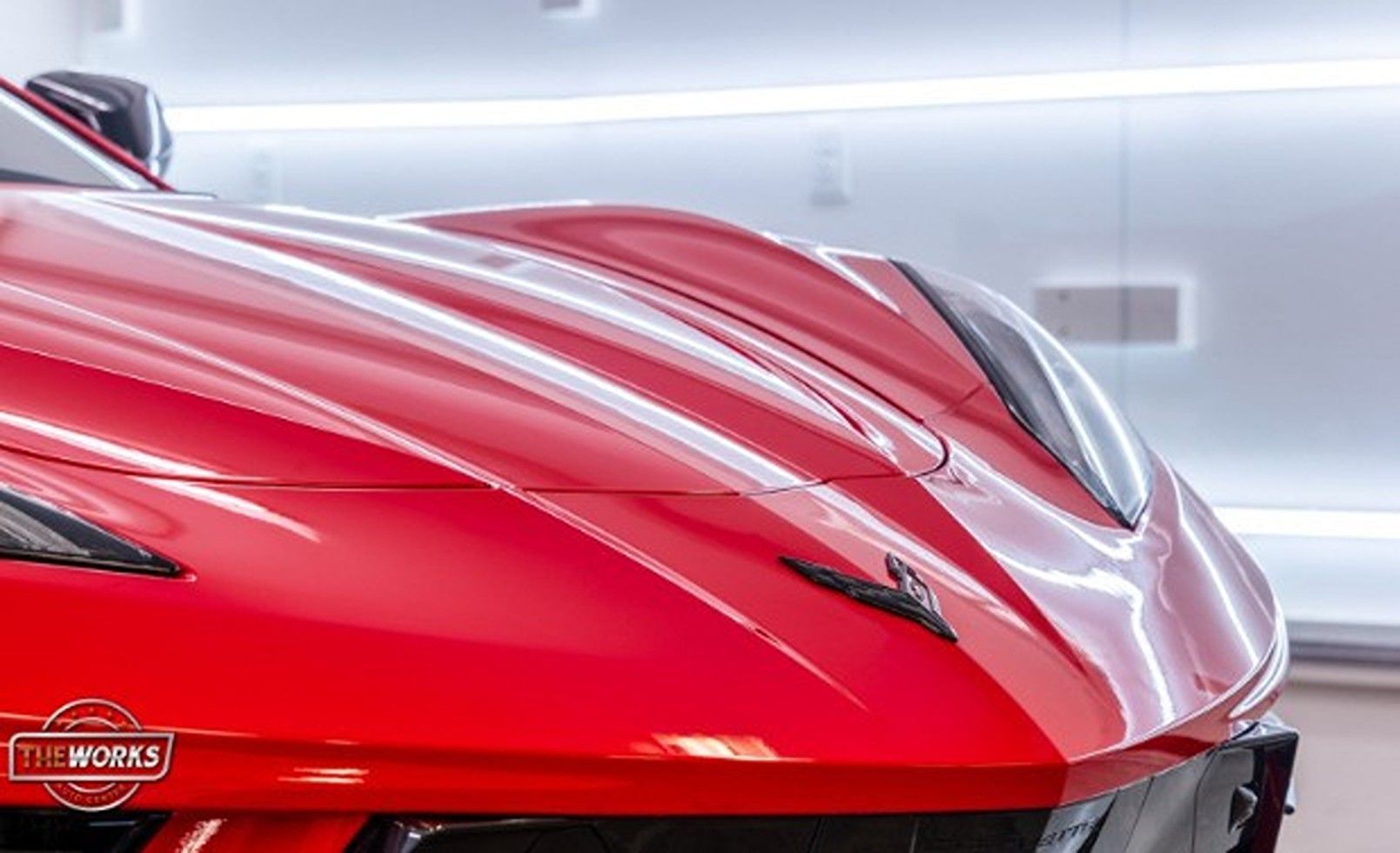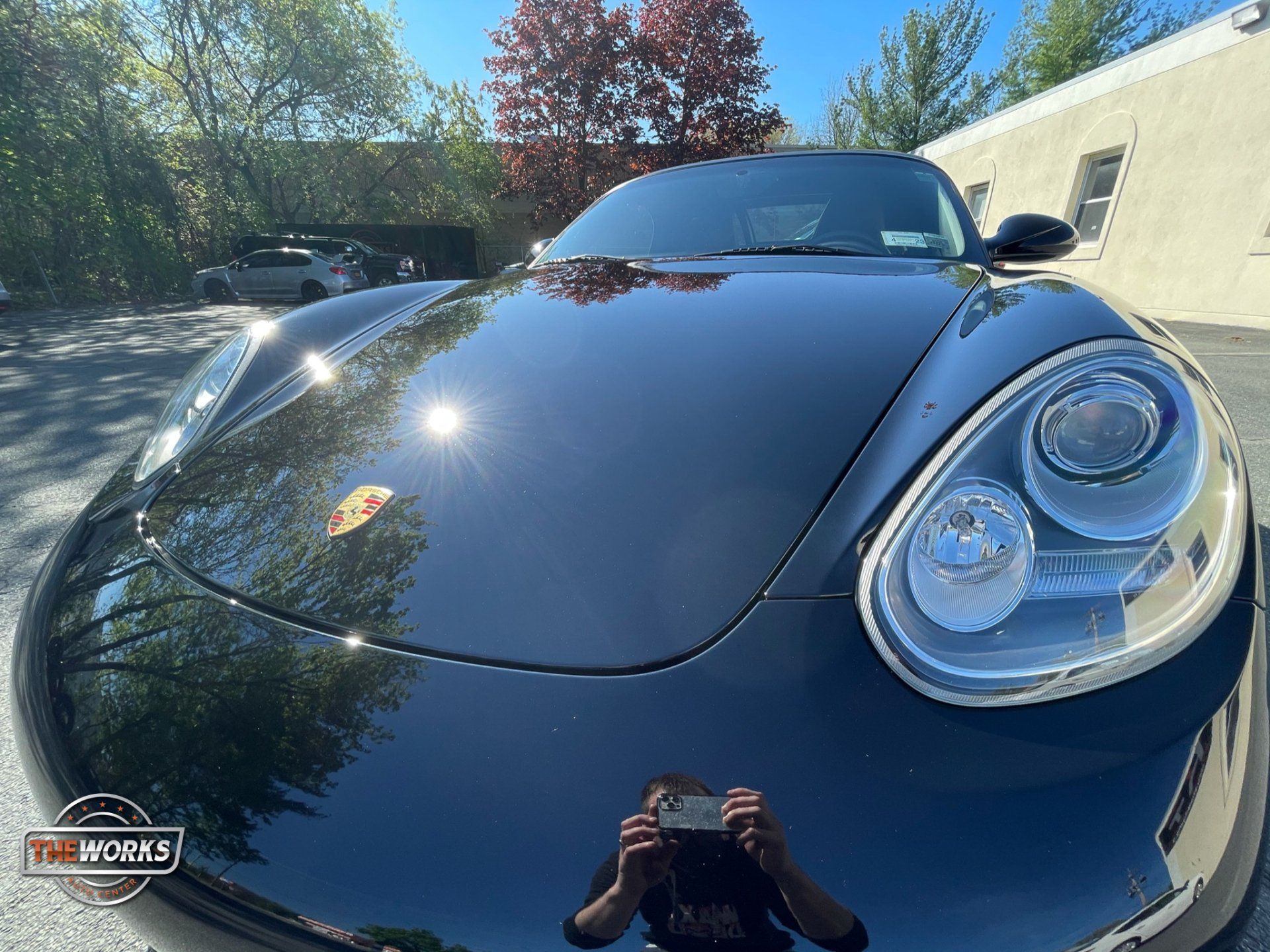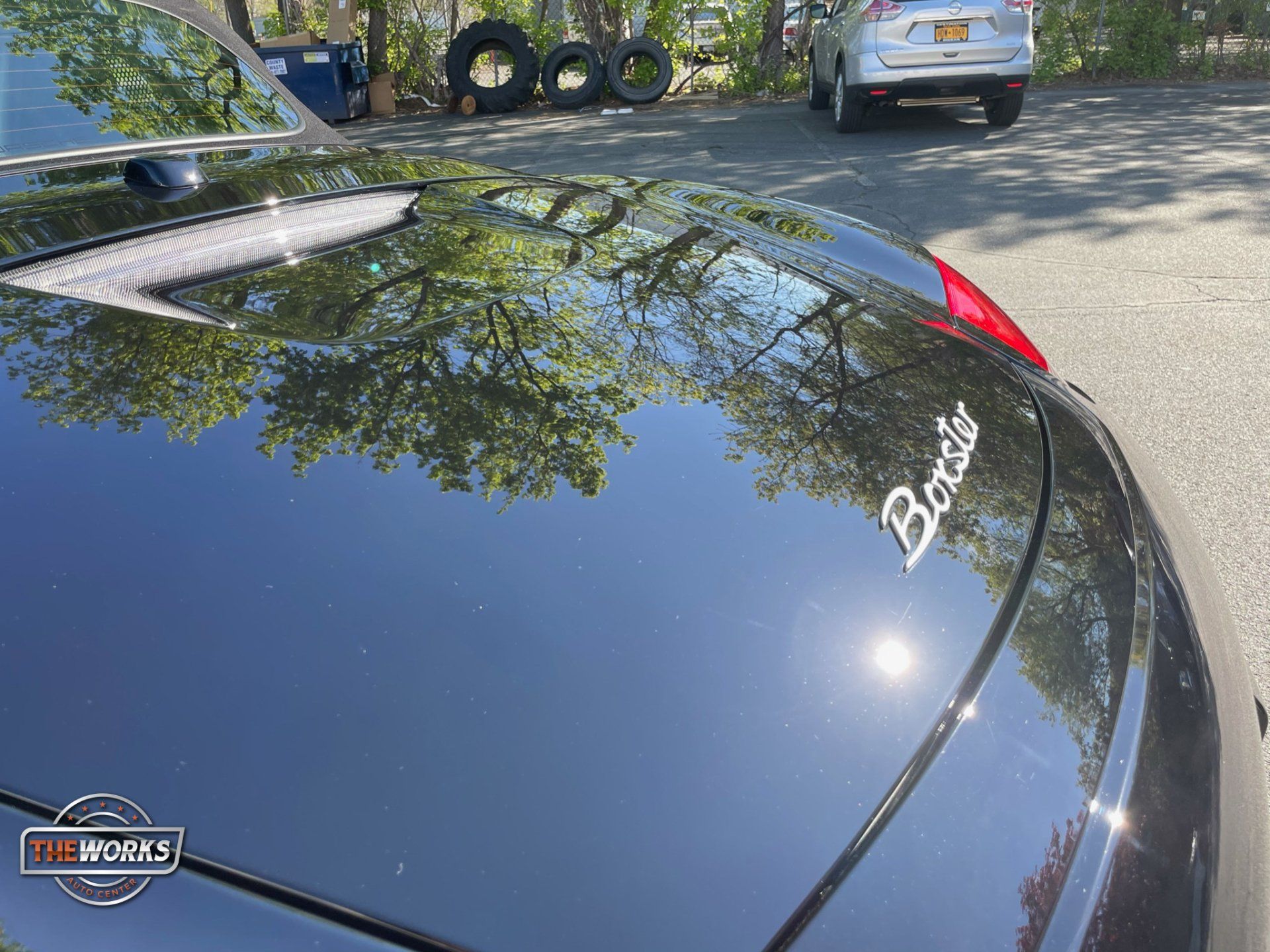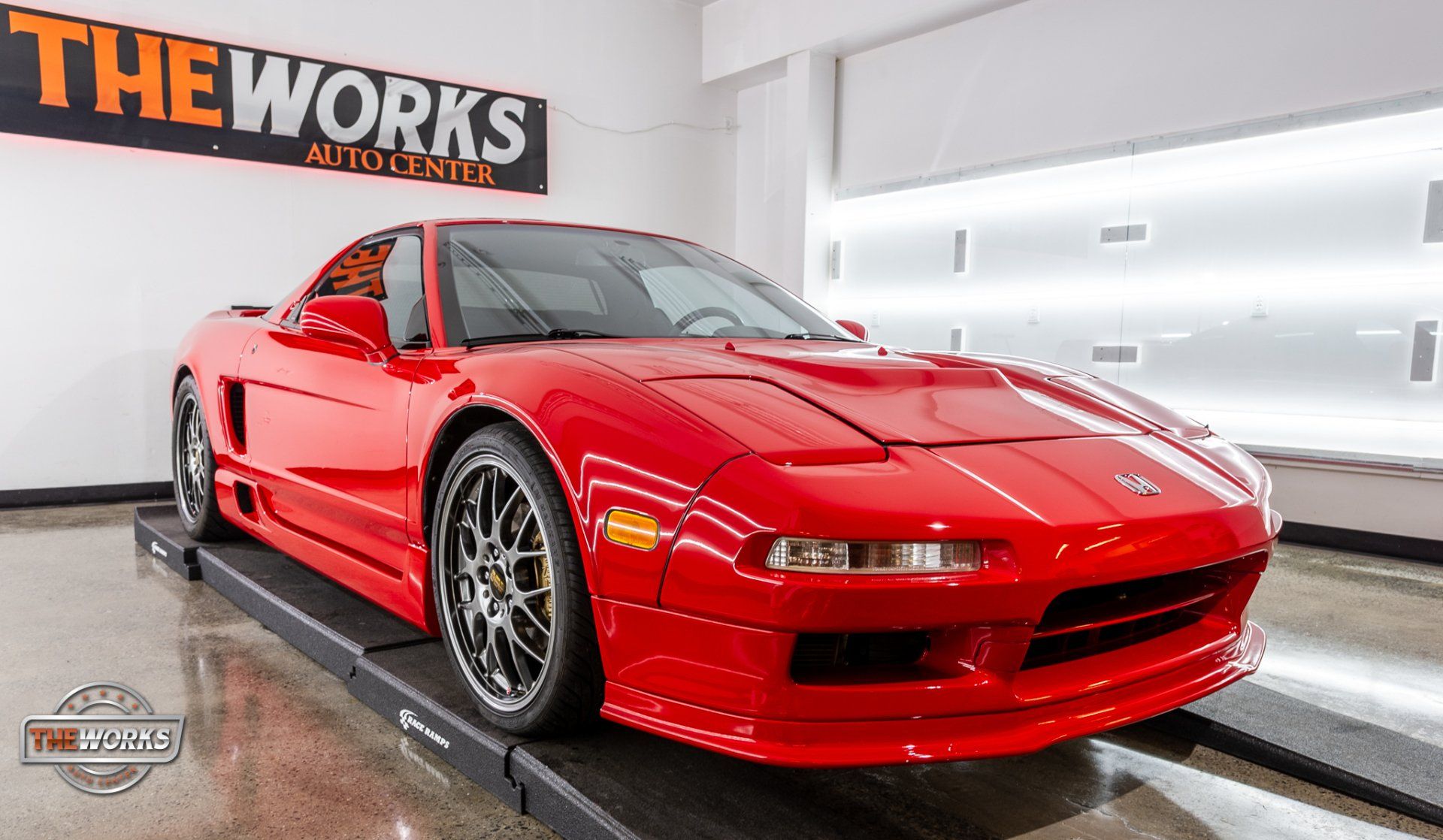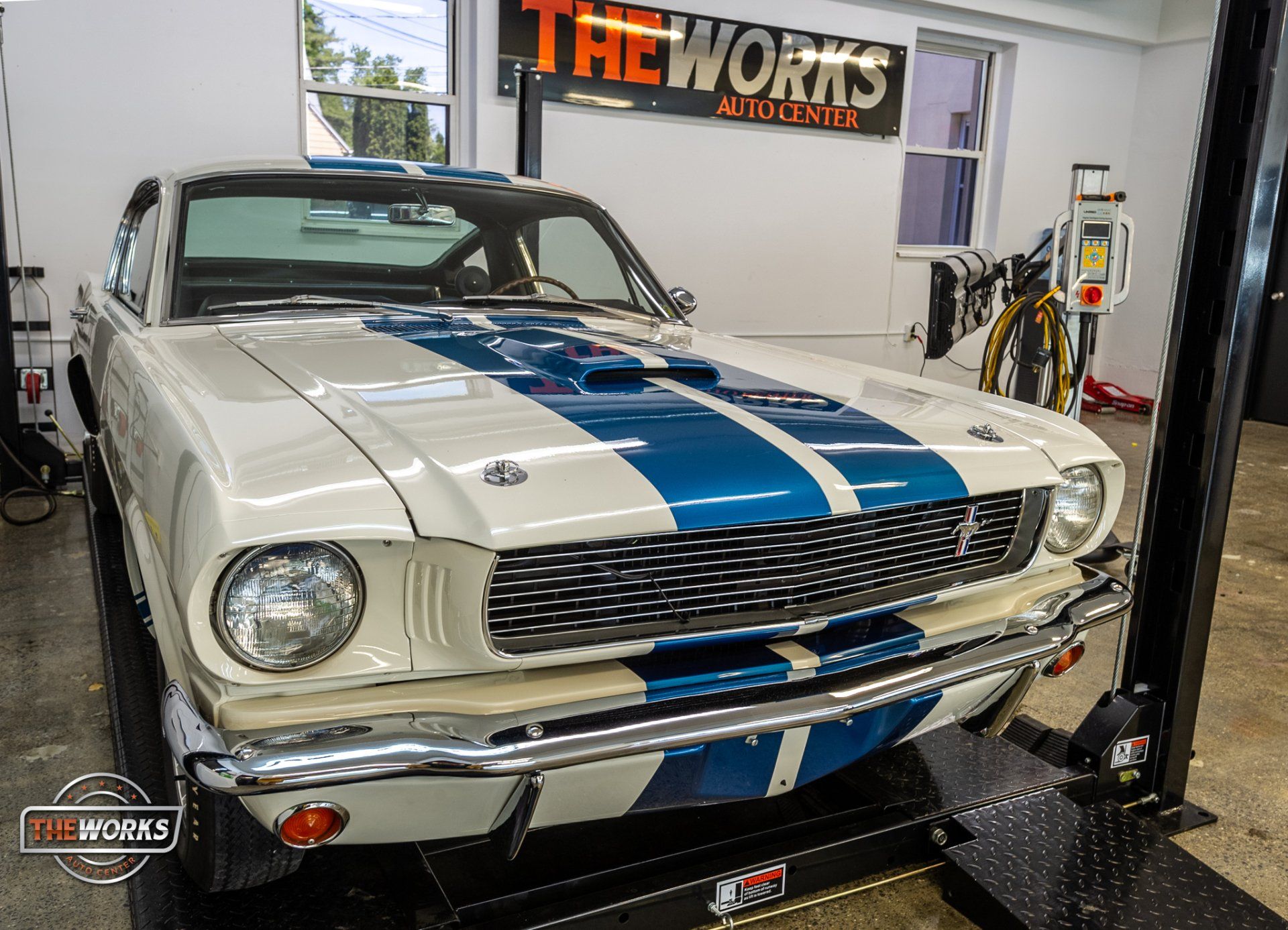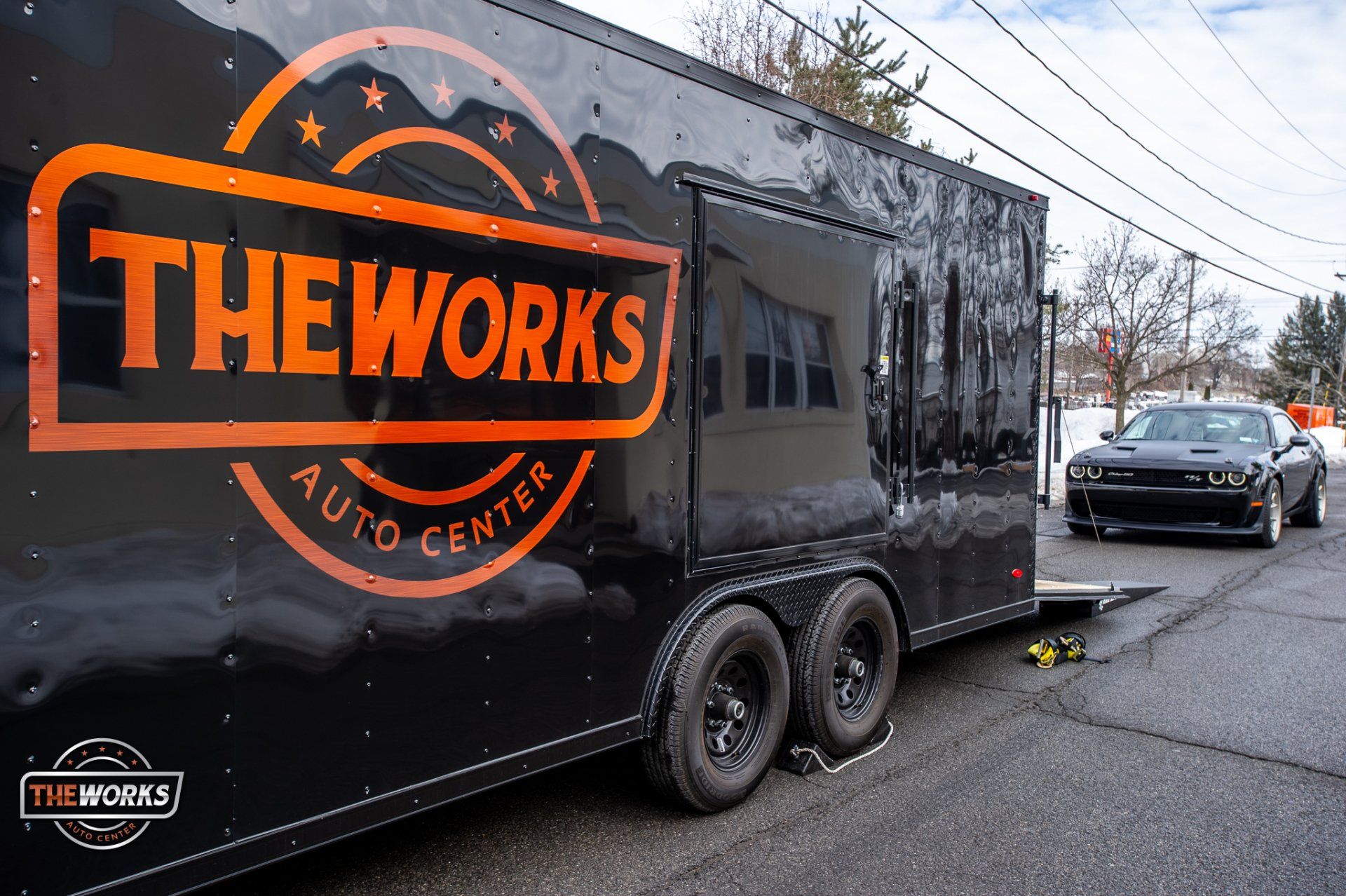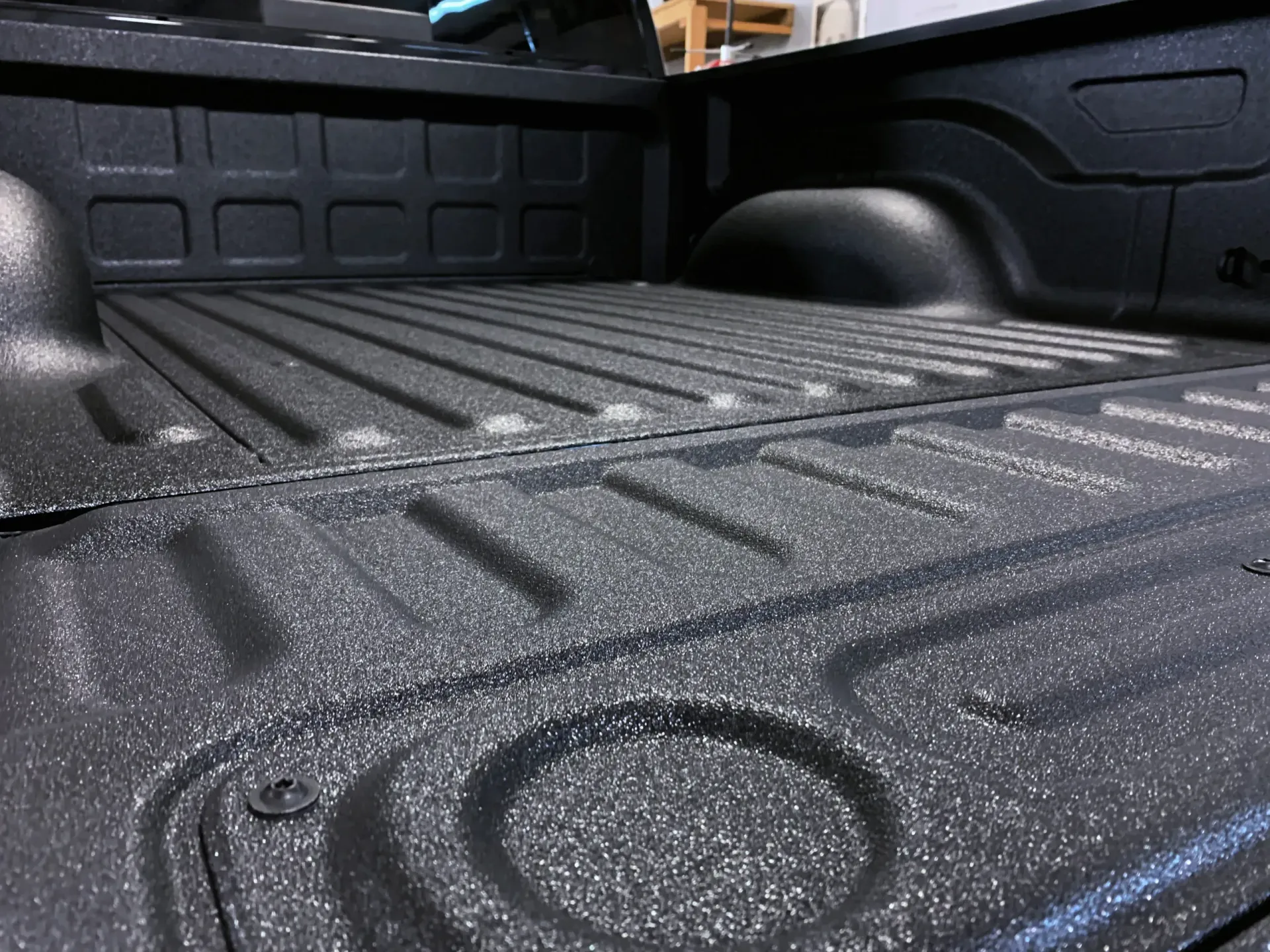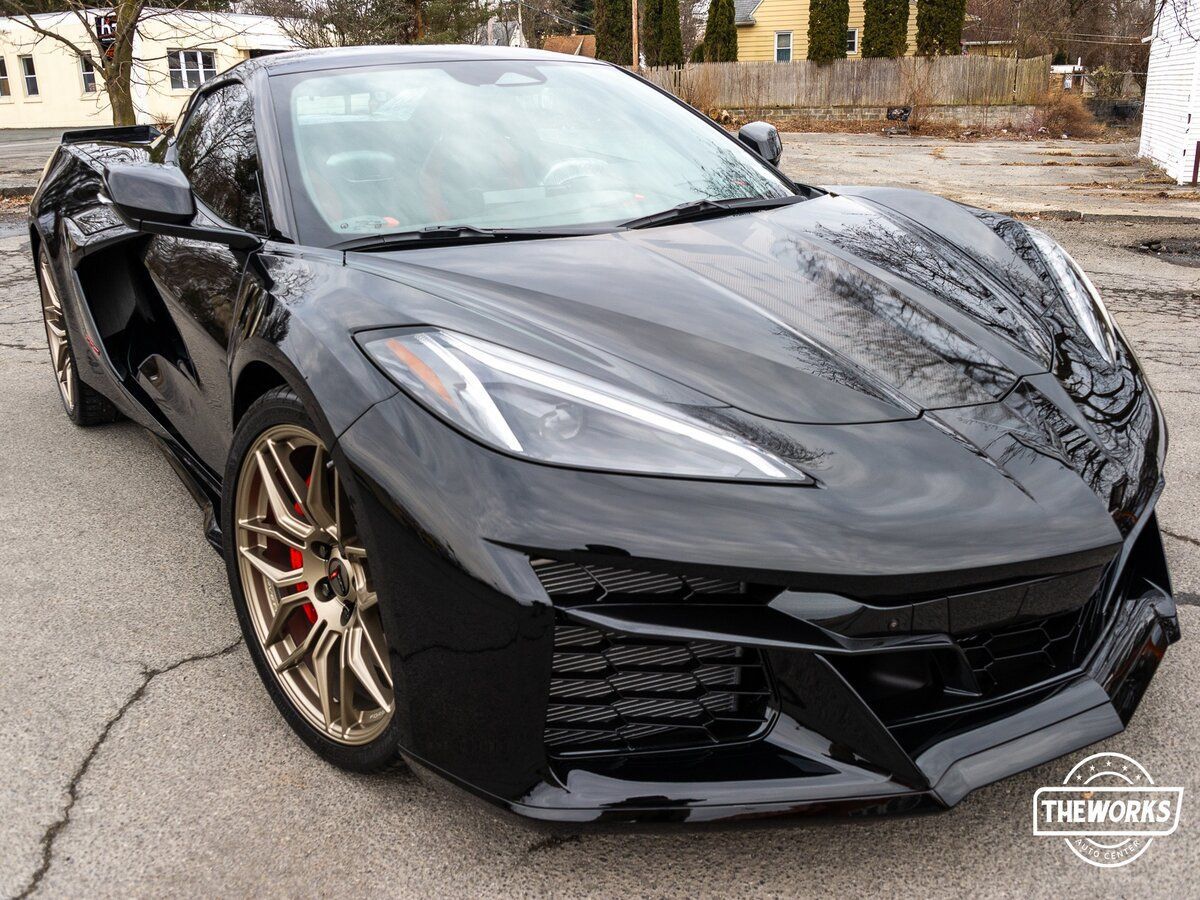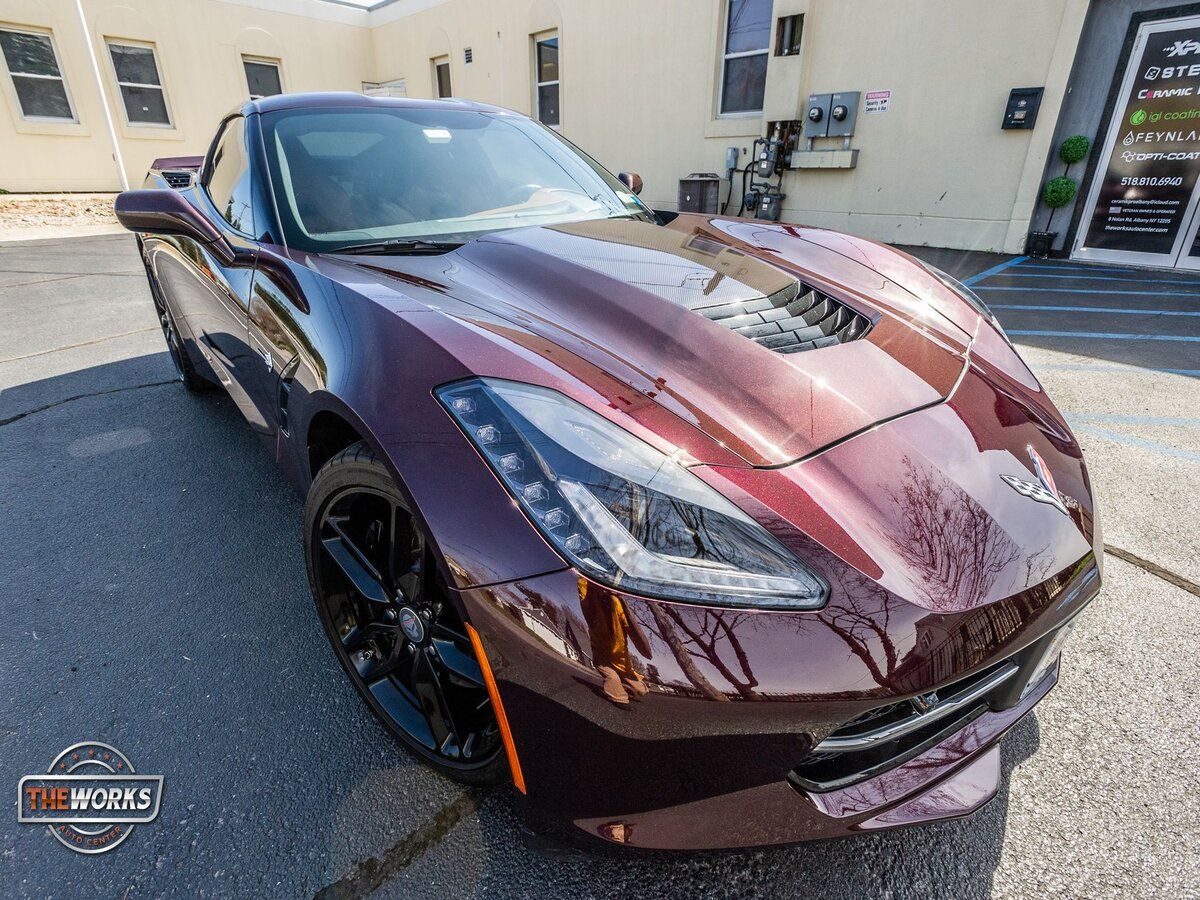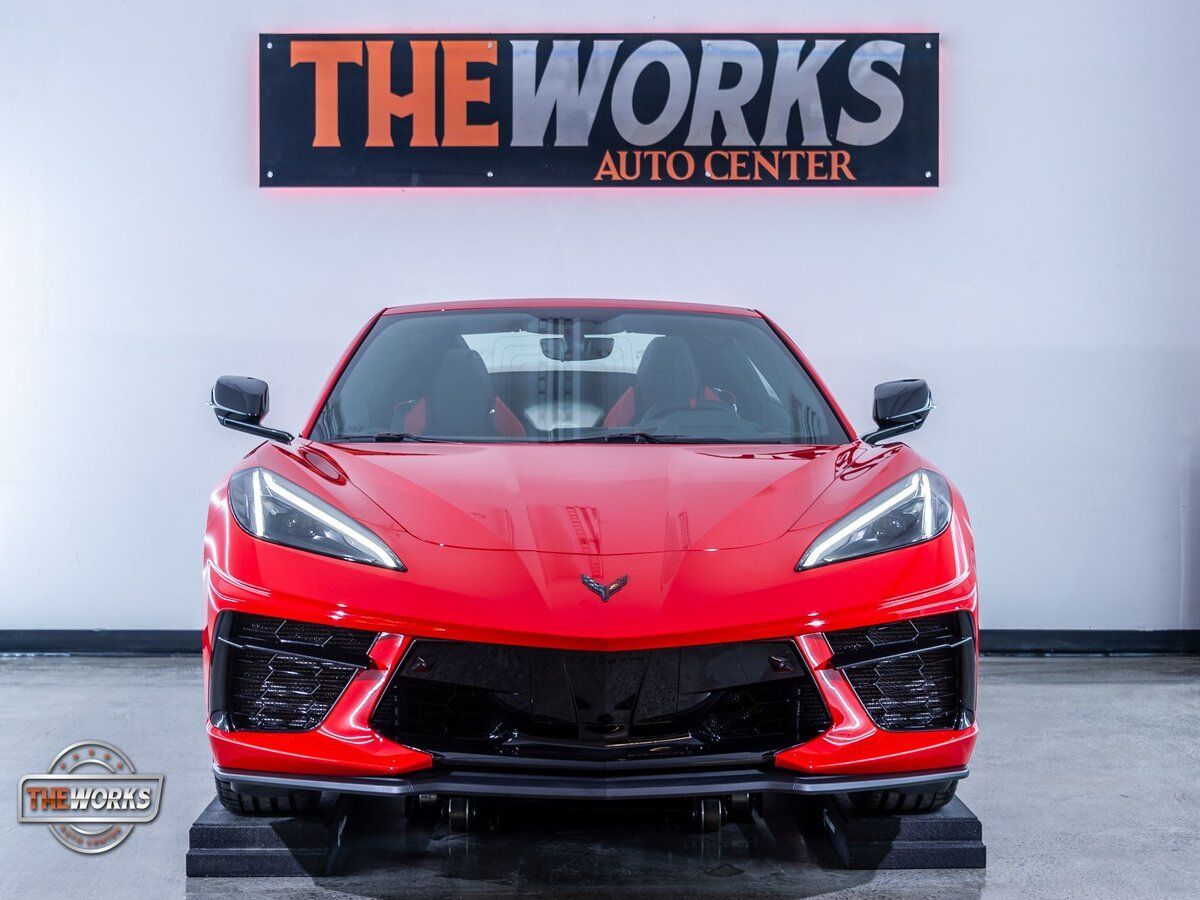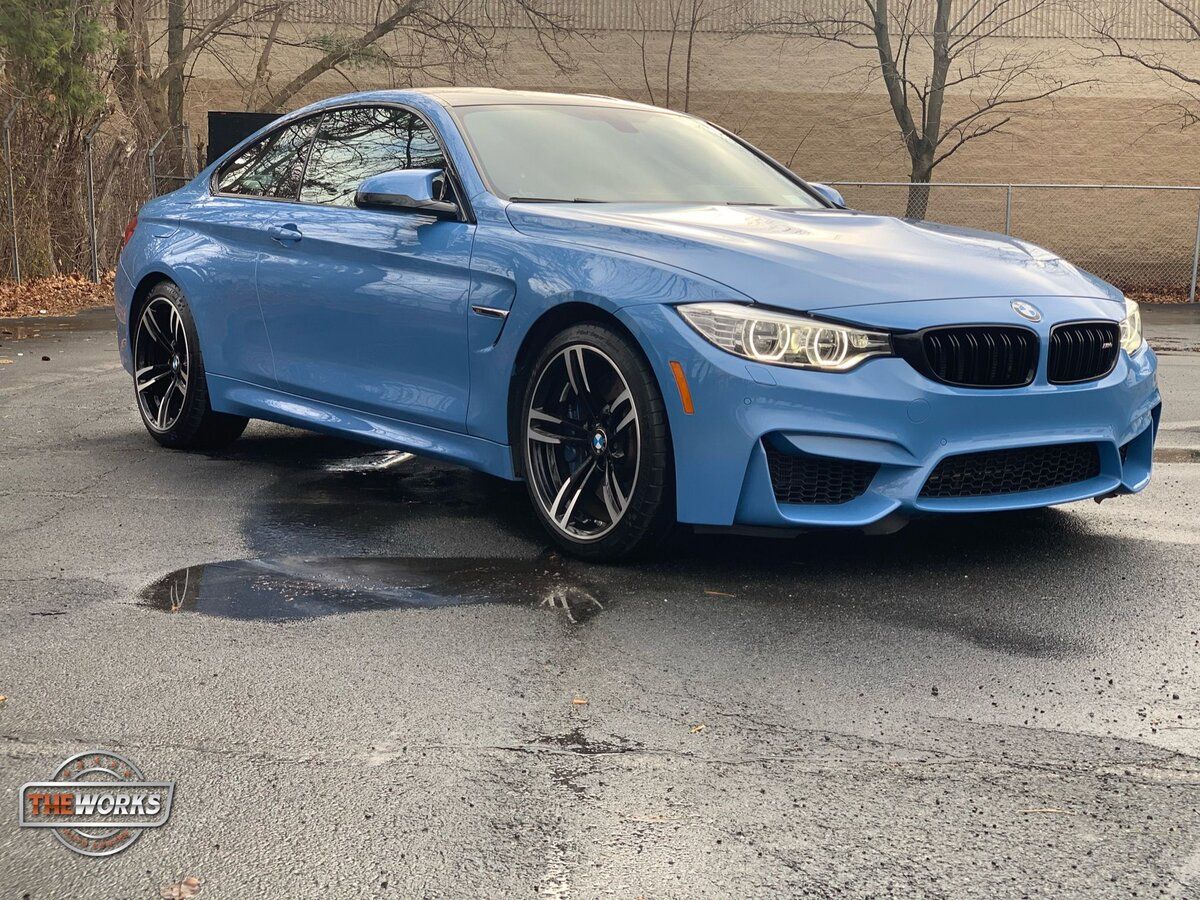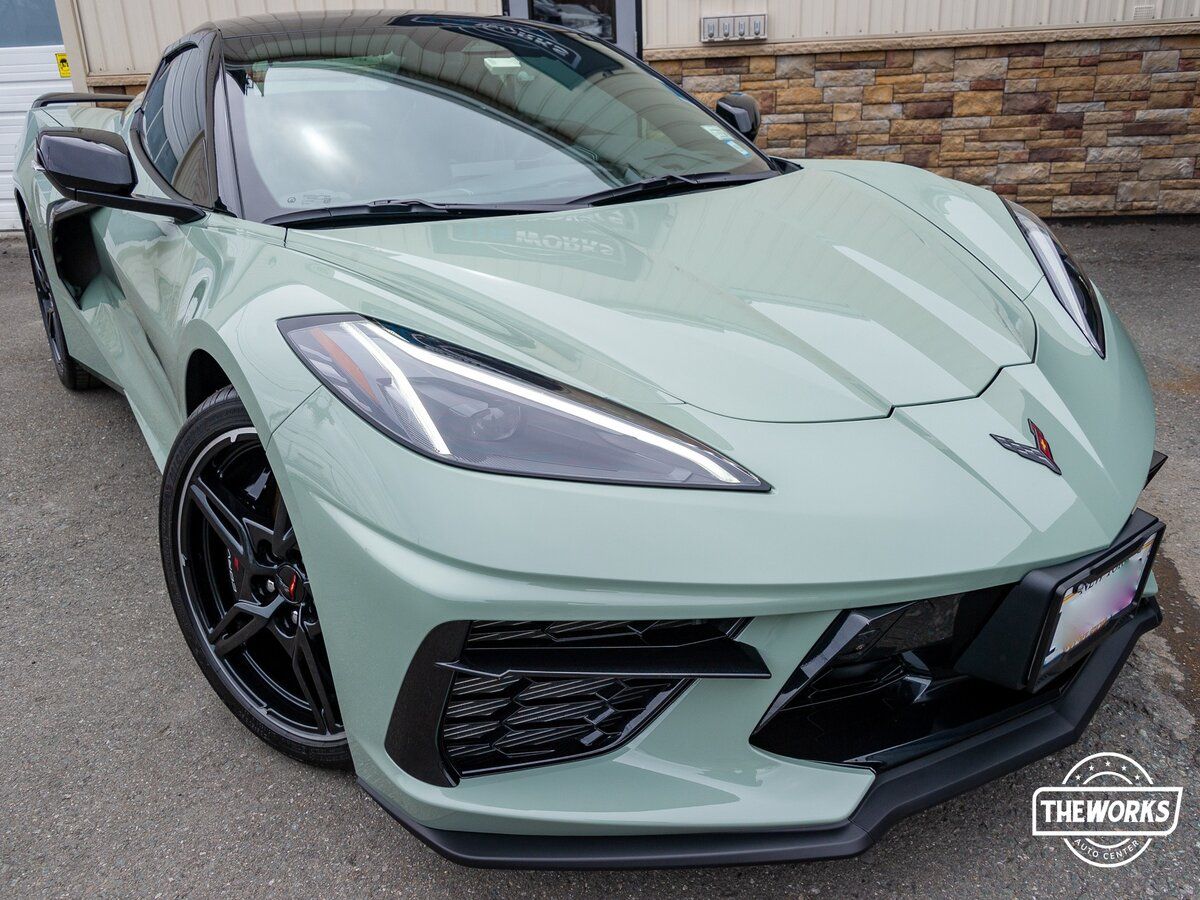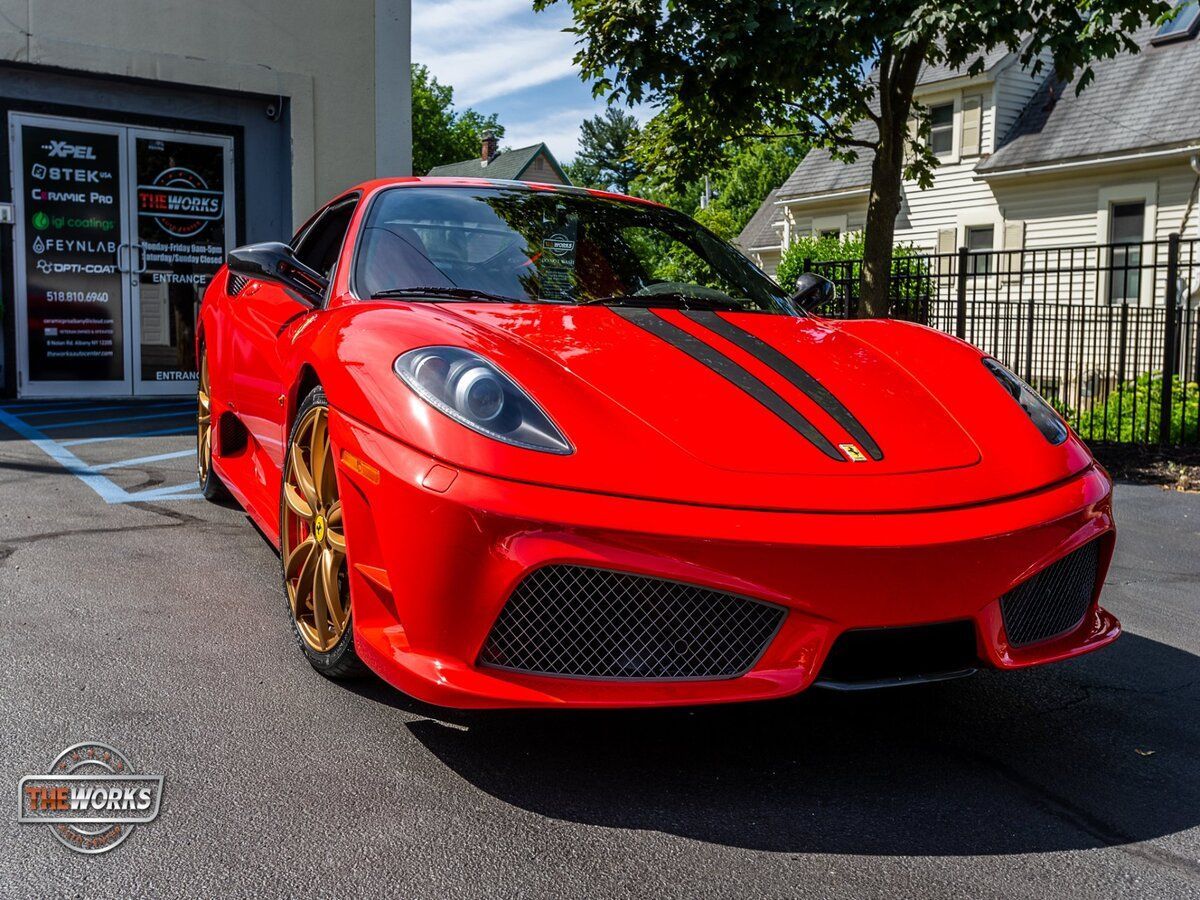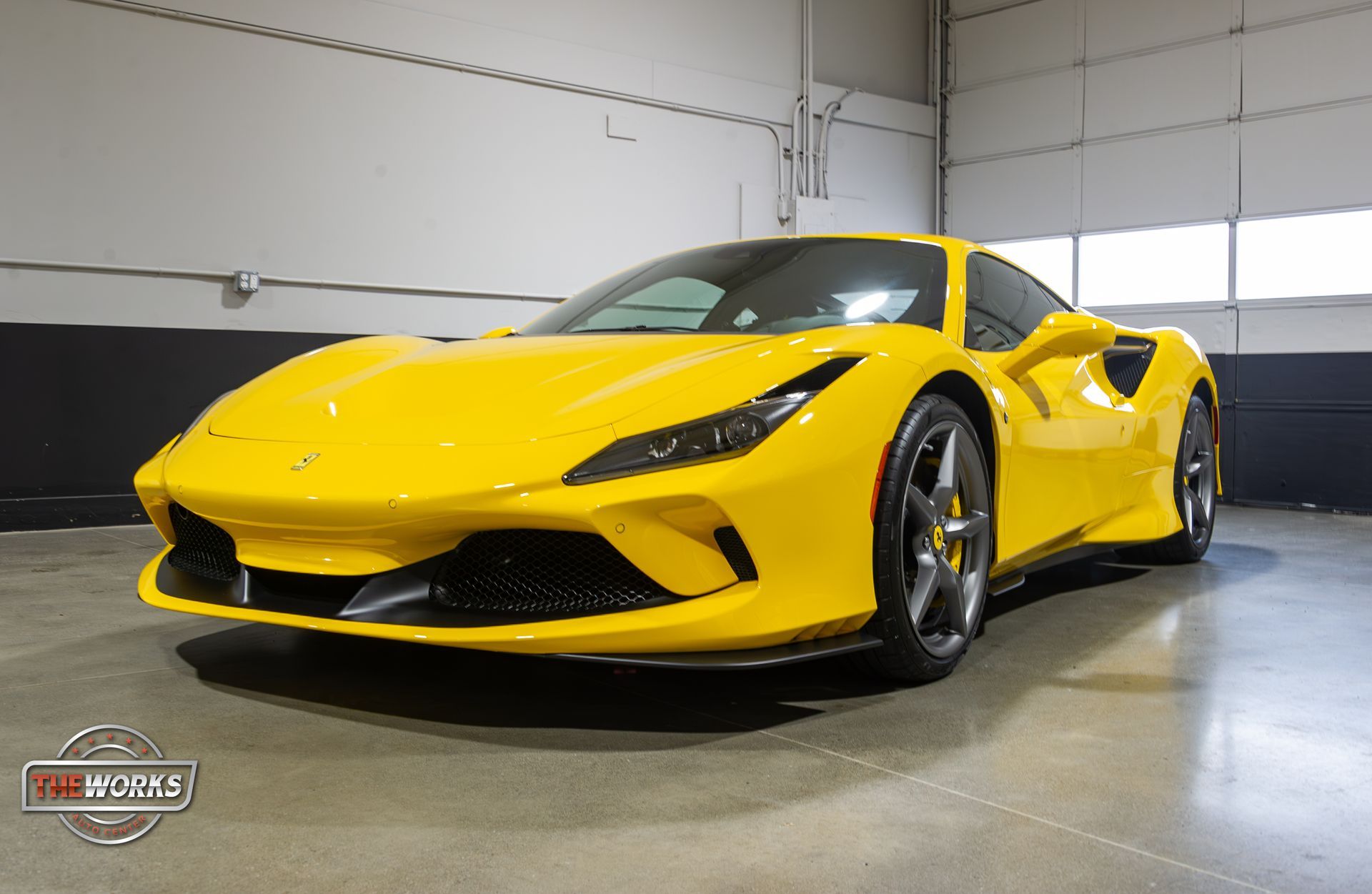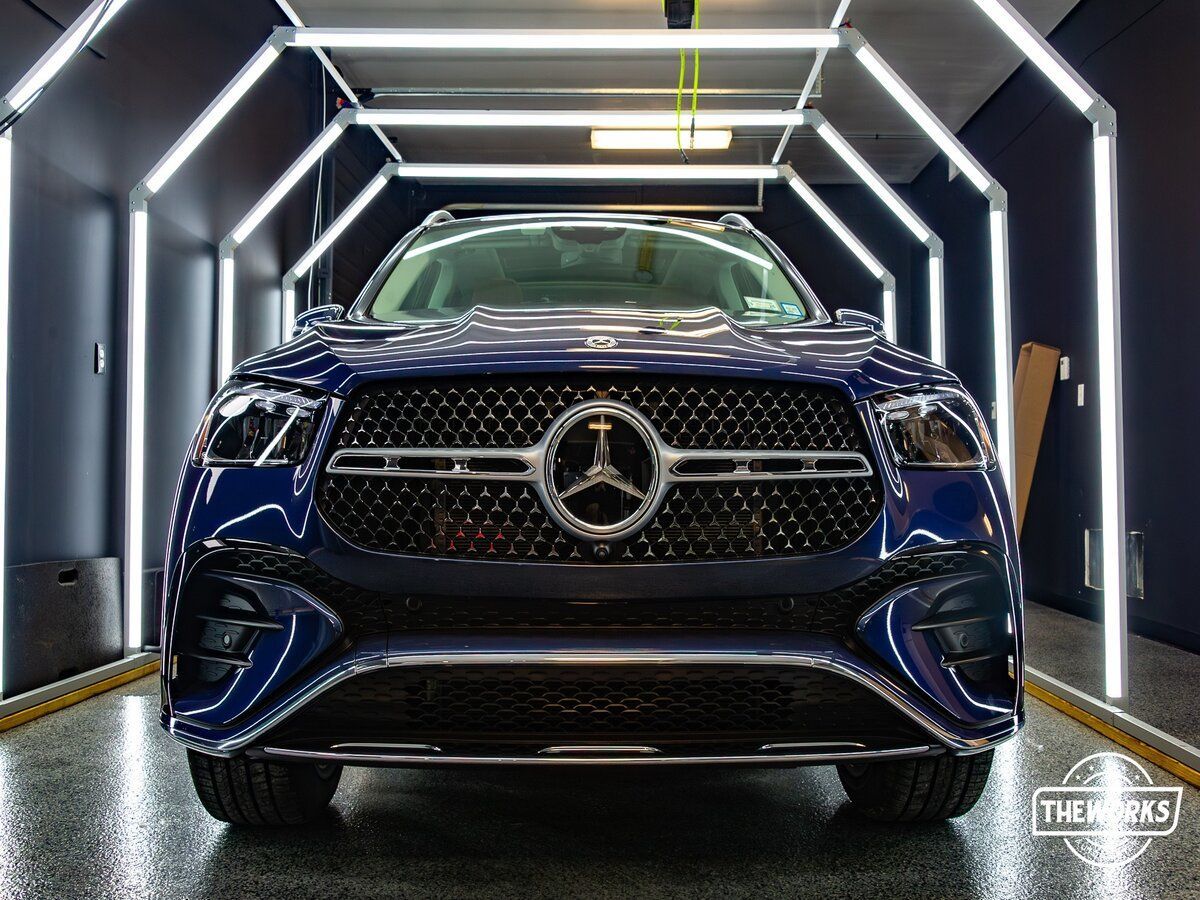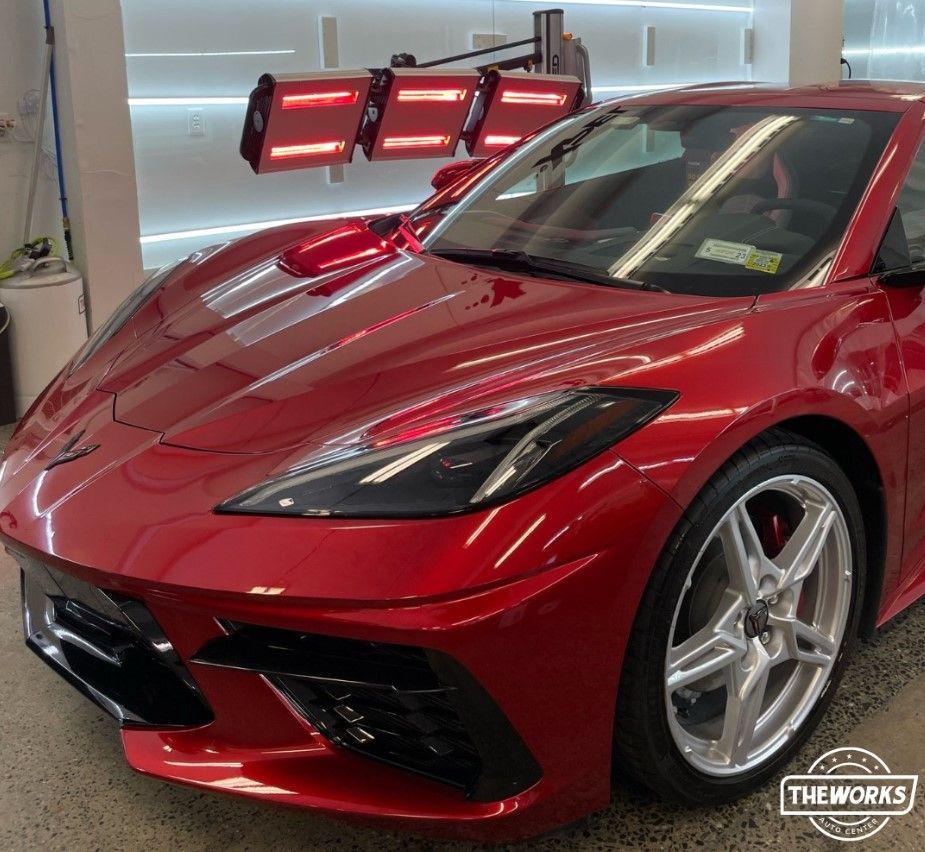Ceramic Coating Thickness: Why It Matters for Vehicle Protection
When it comes to protecting your car's paint from environmental damage, bird droppings, and the harsh sun, ceramic coatings offer a strong defense. Many car enthusiasts swear by it, but is thicker always better? In fact, subtle variations in coating thickness—a fraction of what you’d find on a credit card—can greatly affect durability and effectiveness.
We've dived deep into how much thickness matters for optimal protection. You might be surprised to learn that common practices could lead to less-than-ideal results. Before diving into the specifics of measuring and choosing the best option for your car, let’s start with the key basics of ceramic coating thickness.
The Basics of Ceramic Coating Thickness
Ceramic coating thickness is fundamental to its protective capabilities. These coatings, often touted for their durability and hydrophobic qualities, are not all created equal. When we discuss thickness, we're referring to the actual measurable depth of the coating applied on the vehicle's surface. This measurement is critical because a thicker coating typically translates to enhanced protection from environmental factors such as scratches, UV rays, and chemical exposure.
Typical ceramic coatings have a thickness that ranges between 0.5 mils and 1.5 mils, which may seem incredibly thin compared to many objects we encounter daily. For perspective, a standard credit card measures around 30 mils thick, emphasizing just how thin these coatings truly are. This thinness allows them to bond closely with the surface of the paint without adding significant weight or bulk that would alter the overall aesthetic of your vehicle.
When selecting or applying a ceramic coating, knowing how to measure its thickness effectively becomes vital. The best practice involves using specialized tools called mil gauges or coating thickness gauges. These instruments help ensure that the application adheres to manufacturer recommendations and provides the anticipated level of protection. An improperly measured or applied too-thin coating might not offer the desired resistance against environmental damage.
It's important to note that while a thicker coating might sound better in theory, practicality also has to be considered. For example, an excessively thick application can lead to issues such as chipping or peeling over time due to improper adherence or flexibility of the coating itself. Thus, adhering to recommended thickness ranges (usually specified by manufacturers) is essential for optimal performance.
Measuring Coating Thickness Accurately
Accurate measurement of ceramic coating thickness is vital for ensuring optimal performance and longevity. Not only does a consistent thickness contribute to effective protection against environmental elements, but it also enhances the visual aesthetics of your vehicle. This precision helps in avoiding issues like improper adhesion or uneven wear, which could lead to costly repairs down the line.
Step I - Choose the Right Tool
Selecting the correct tool for measuring is fundamental. For ferrous metals, a magnetic induction gauge works effectively, utilizing magnetic fields to determine thickness. Meanwhile, non-ferrous metals, such as aluminum, require an eddy current gauge, which uses electromagnetic induction. Fortunately, many modern dual-purpose meters are available and can handle both types of materials seamlessly.
Step II - Calibration
Calibration is where accuracy begins. Before taking your first measurement, it's essential to calibrate your gauge according to the manufacturer's instructions. A poorly calibrated device can yield misleading results. Regular calibration is equally important; depending on how often you use your gauge, check its calibration every few uses to ensure consistency. Even minor shifts in readings can significantly impact your coating's overall effectiveness.
Step III - Measure Consistently
Now comes the critical part—measuring consistently across different sections of your vehicle's surface. Place the gauge on various spots of the car, ideally at different angles and positions on each panel. This strategy allows you to spot-check for uniform application across the vehicle. If one area reads significantly lower than another, it may indicate that part was applied too thinly, compromising its protective qualities.
How Thickness Impacts Vehicle Protection
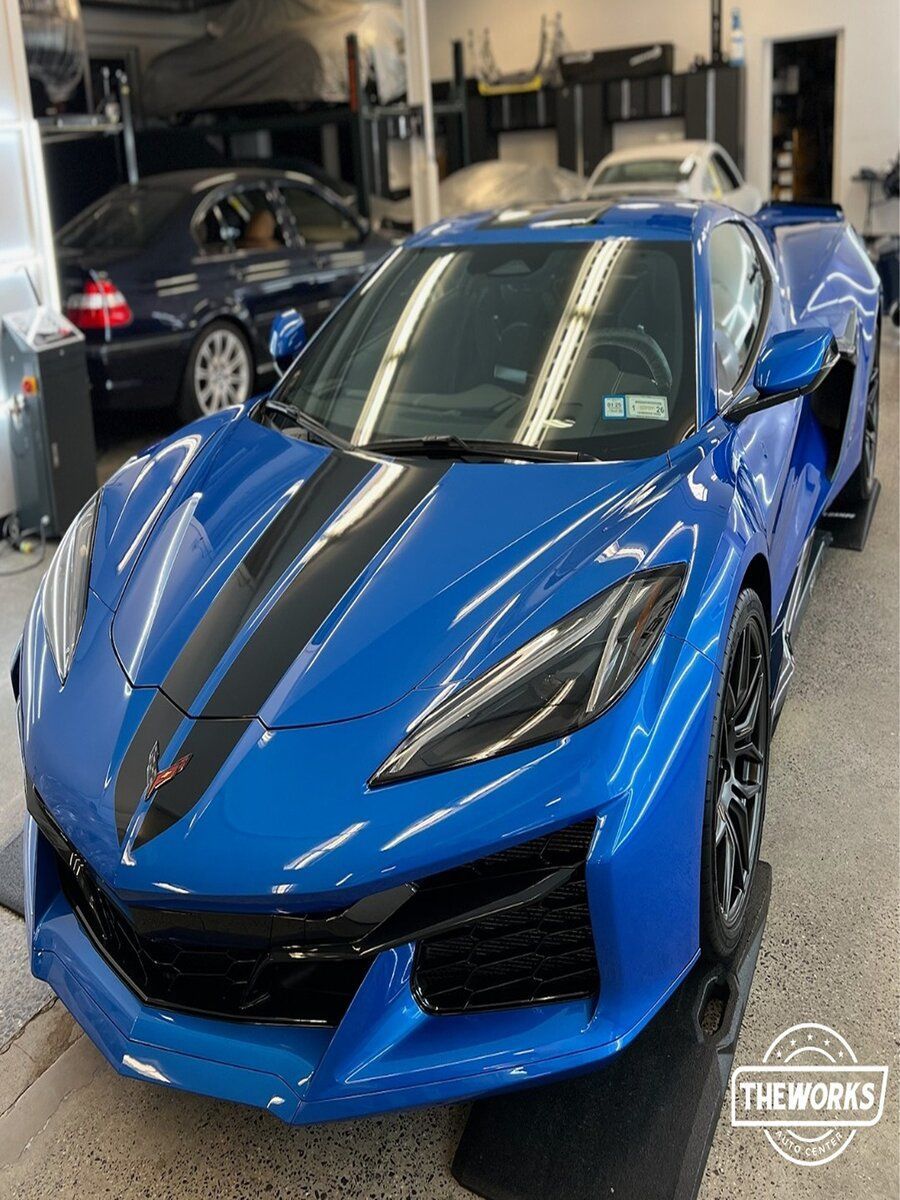
The relationship between ceramic coating thickness and vehicle protection is direct and multifaceted. When we talk about thickness, it’s not just a numbers game; it's about resilience. A thicker coating generally provides better protection from contaminants such as bird droppings, tree sap, and road grime. These unwelcome intruders can wreak havoc on your paint over time, leading to unsightly stains and, in severe cases, damage that penetrates deeper than the surface.
However, thickness alone can be misleading if the quality of the ceramic particles and the application process are overlooked. Imagine this: you might have a thick coat of paint that's surprisingly ineffective if it’s poorly applied. The same goes for ceramic coatings—where high-quality particles interact optimally with one another will enhance the coating's overall effectiveness.
Studies indicate that a 1.0 mil coating can typically withstand environmental hazards for up to five years before needing reapplication, whereas a thinner 0.5 mil coating might only last two to three years. This difference becomes crucial for those looking at long-term care for their vehicles. Investing in a slightly more expensive but thicker coating could save you time and money down the line due to fewer applications needed.
Thickness Variations Among Products
Not all ceramic coatings are created equal, and the thickness can notably impact the level of protection and longevity. This thickness offers decent shielding against dirt and UV rays, making it suitable for regular vehicles not often exposed to harsh conditions.
High-end products elevate the bar significantly by offering multiple layers that cumulatively reach up to 4.0 mils. This ensures maximum protection for your vehicle but does come at a higher price point. Investing in a thicker coating means you're getting fortified defense against other environmental threats that could compromise your vehicle's appearance over time.
Is Thicker Coating Always Better?
There’s a common misconception that thicker coating equates to better protection for your vehicle, but the truth is decidedly more nuanced. While it’s true that thicker coatings can provide enhanced durability and longer-lasting performance, they also come with their own set of challenges.
For instance, achieving an even application becomes critical; any irregularities can lead to unsightly uneven layers or detrimental aesthetic outcomes. If you’ve ever seen a beautifully painted car marred by a mismatched sheen in certain areas, it serves as a reminder of what can go wrong when applications aren't done correctly.
Considerations for Choosing the Right Thickness
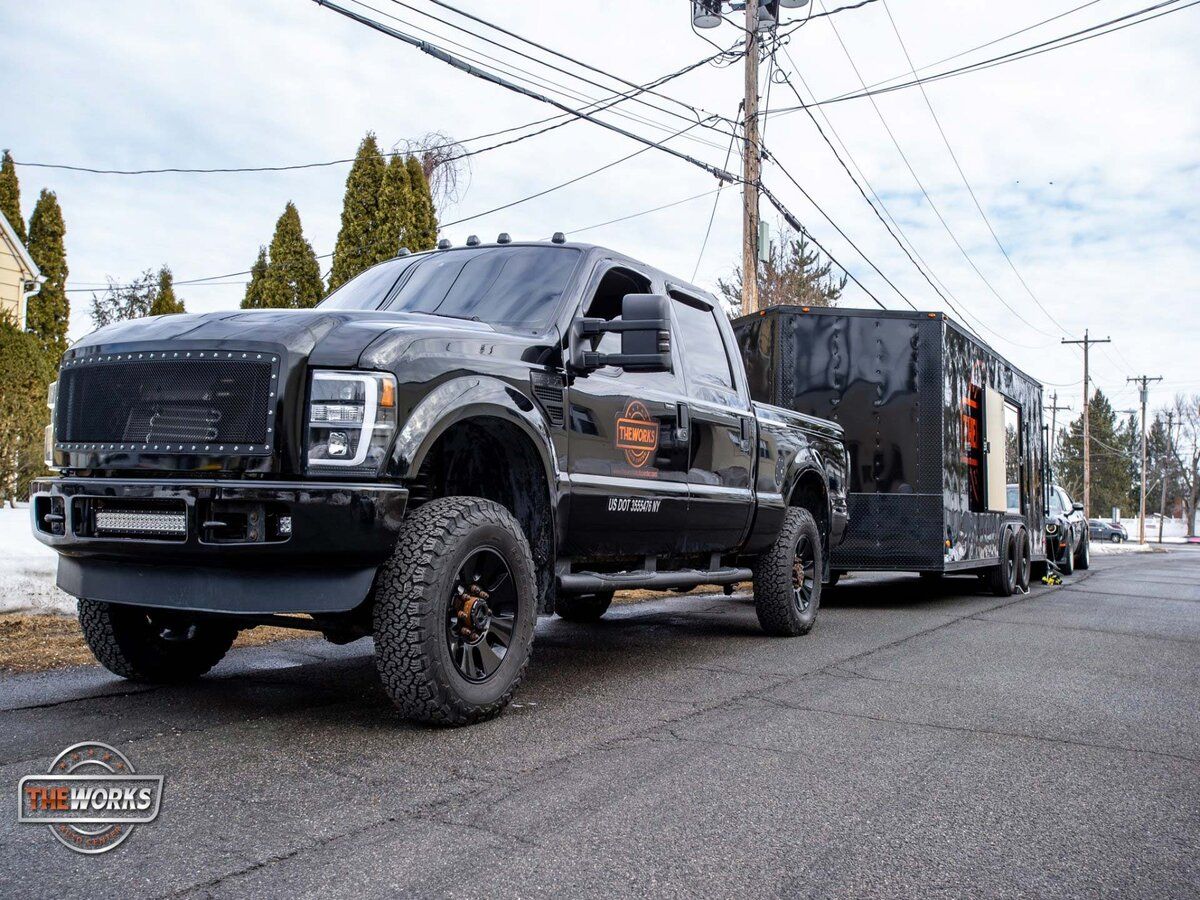
Selecting the appropriate ceramic coating thickness involves a careful evaluation of several personal and practical factors, alongside universal considerations you shouldn't overlook.
Vehicle Usage
One of the primary questions to ask yourself is: How often do you use your car and under what conditions? Daily drivers—those who rely on their vehicles for commutes, errands, or frequent road trips—may benefit from thicker coatings. These coatings provide a more robust shield against UV rays, stains, and environmental damage, making them ideal for daily exposure to wear and tear. Conversely, if your vehicle primarily sees use on weekends or is primarily stored in a garage, a thinner coating might suffice. The less wear it endures naturally translates into less need for heavy-duty protection.
Environmental Factors
Another crucial aspect to consider is your local environment. If you live in areas that experience extreme weather—such as blistering sun or harsh winters—you should definitely opt for thicker coatings. The abrasiveness of snow and ice, coupled with road salt during winter months, can erode paint over time, while UV rays can fade colors and degrade surfaces. A thick ceramic coating acts as an additional barrier against these elements, preserving your car's beauty and ensuring that it withstands whatever nature throws its way.
Budget
Now let's talk money. Thicker, premium ceramic coatings tend to be pricier than their thinner counterparts. However, this initial expenditure often pays off in terms of longevity and protective capabilities. When weighing your options, think about the value you're receiving: a higher upfront cost might translate into fewer reapplications or repairs needed down the line. Investing in quality not only enhances your vehicle’s look but can save you money over time—a true win-win situation.
After evaluating financial limits, consider who will be applying the coating.
Professional vs. DIY Application
Lastly, we must address whether you plan on applying the ceramic coating yourself or seeking professional help. Thicker coatings typically require more expertise to ensure an even application and avoid problems such as streaks or uneven patches; thus, having a professional apply these coatings can be beneficial. On the other hand, if you lean toward DIY projects, thinner options may be more user-friendly and forgiving during application. This allows you to still enjoy the benefits of ceramic coating without the added pressure of getting thick layers just right.
Get the best results for your ceramic coating by trusting the professionals at The Works Auto Center. We apply the coating evenly to protect your vehicle without the streaks or uneven patches that can happen with DIY applications. Schedule your ceramic coating appointment today and enjoy the confidence that comes with expert care and long-lasting protection for your vehicle!
